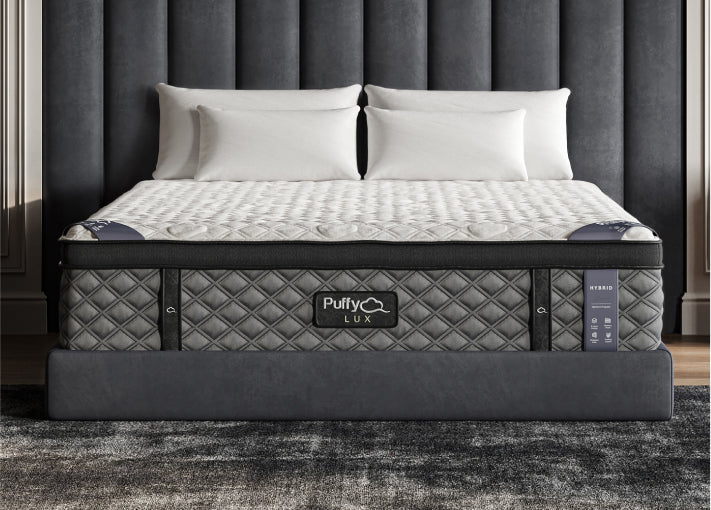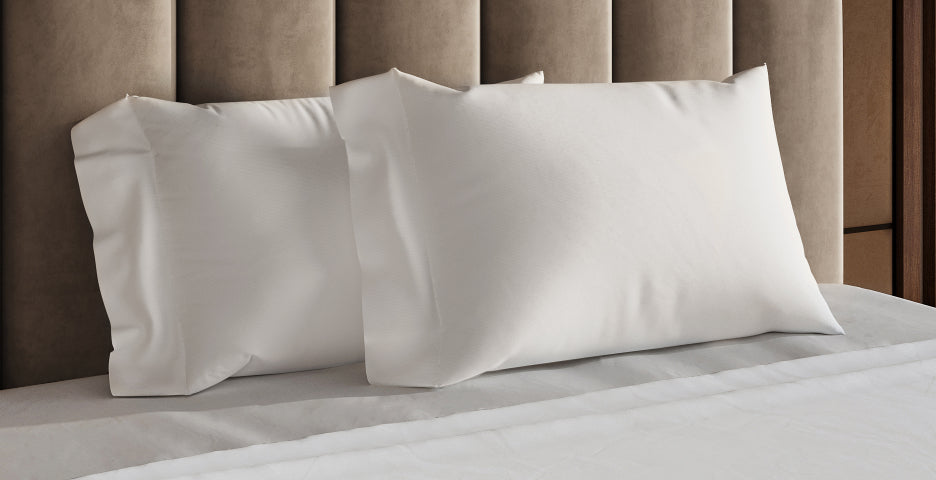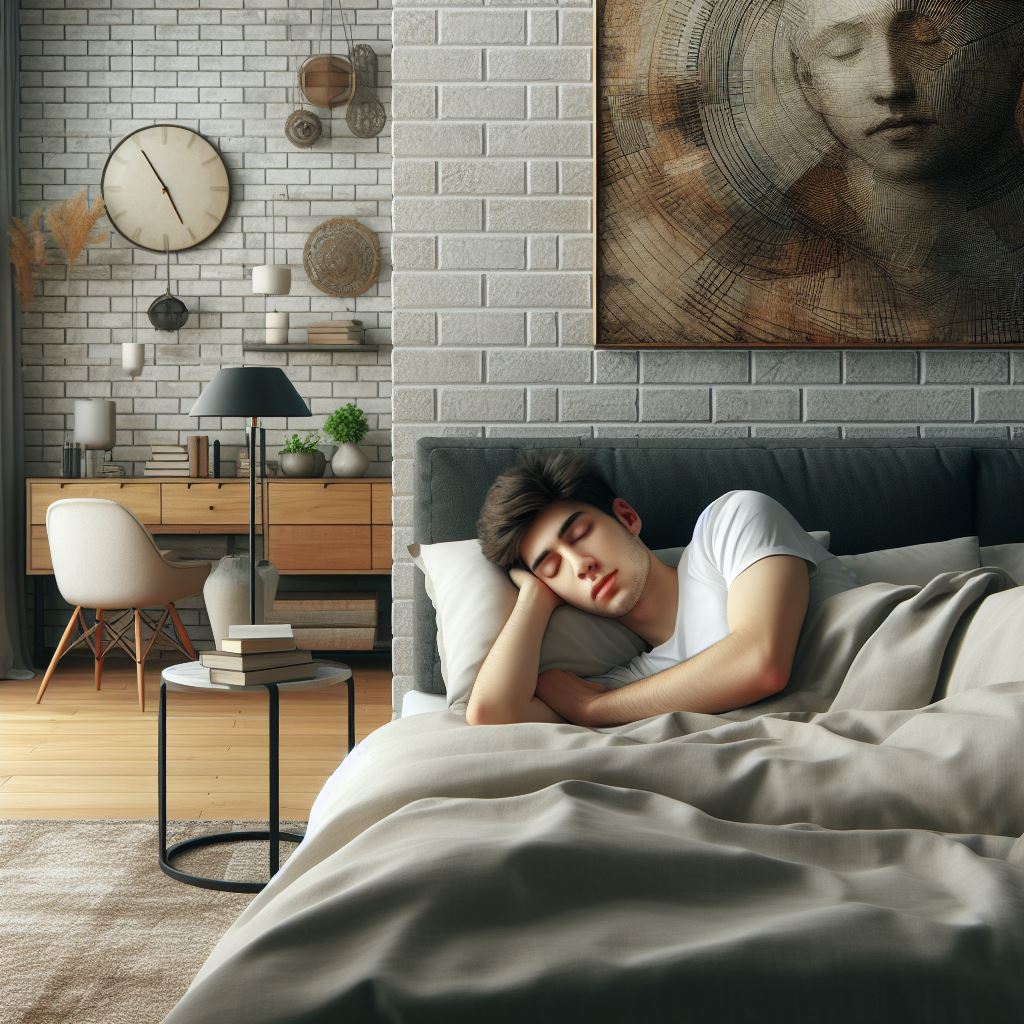The importance of a good night’s rest can’t be overstated. While all five sleep stages play an important role, the REM sleep stage is essential for processing memories and learning new skills. But what does REM stand for?
REM stands for rapid eye movement, and this stage is often associated with vivid dreams. During this stage, even though you’re asleep, your eyelids flutter as your eyes dart back and forth, which is why it’s referred to as rapid eye movement.
You might already know that getting sufficient REM sleep is crucial for your well-being, but let’s take an in-depth look to answer some of the essential questions about REM sleep.
Understanding the Stages of Sleep

Every night, you cycle through five different stages of sleep, and REM is just one of them. Stages 1 through 4 are part of NREM sleep, which stands for non-rapid eye movement.
The processes that happen during each stage are vastly different but equally vital for restoration, managing hormones, repairing muscles, and overall well-being. Let’s break down each stage and why they matter.
Stage 1
This stage is the lightest stage of sleep and is also referred to as wakefulness. It’s the stage where you’re just starting to drift off to sleep, which means you’re more susceptible to being awakened by external distractions. During stage 1, all your senses are still aware, which is why you’re able to wake up easily even though you might feel the sensation of falling asleep.
Though the phase only lasts between 5 and 15 minutes, your muscle activity slows and your heart rate begins to drop ever so slightly. It’s during this stage that many people experience a jarring sensation of falling and wake up with a jerk. This sudden muscle contraction is known as hypnic myoclonia.
Since it’s so easy to wake up during this stage, it’s essential to block out anything that may interfere with your sleep.
Check out Puffy mattress reviews from real customers and see how we compare with other brands.
Stage 2
Stage 2 is also known as the light sleep stage. During this stage, your eye movements stop and your brain waves begin to slow, save for occasional bursts of high activity known as sleep spindles. Your breathing and heart rate also drops during this stage.
Despite the name, light sleep isn’t as shallow as the sleep you experience in stage 1, so you’re less likely to wake up immediately. This stage lasts anywhere from 10 to 25 minutes during the first sleep cycle. Over the course of the night, the stage may last longer.
The light sleep stage is as important for your physical and mental health as all the other sleep stages. It’s during this stage that your body processes memories and emotions.
Stages 3 & 4
You experience deep sleep during the last two stages of NREM sleep. Your muscles are completely relaxed, you’re less likely to respond to external stimuli, your breathing slows down, and your heart rate becomes more regular. It’s very difficult to wake up from these stages, and if you do, you’re more likely to feel groggy and disoriented.
Sufficient deep sleep is essential so that your body can begin to repair itself. These stages are responsible for strengthening your immune system and cell regeneration.
Stages 3 and 4 typically last around 20 to 40 minutes. Age factors into the amount of deep sleep you get every night. As you get older, deep sleep decreases. For example, if you’re under 30, you’re more likely to get 2 hours of deep sleep every night. However, if you’re over the age of 60, you might only get 30 minutes of deep sleep.
Stage 5
The final stage of sleep is REM sleep. When you enter REM sleep, your brain activity increases. In fact, your brain is almost as active as it is when you’re awake. This is why you experience vivid dreams during this stage. Depending on the intensity of your dream, your brain’s activity levels may fluctuate.
REM sleep occurs nearly 90 minutes after you fall asleep. Your breathing becomes more rapid and shallow, your eyes dart back and forth, and your heart rate increases. During this stage, you will experience temporary paralysis. When you’re asleep, your brain sends a message to your nervous system to relax your body and muscles to prevent you from acting out your dreams.
To ensure you don’t wake up feeling exhausted, your body needs to complete its REM sleep stage first.
Why is REM Sleep Important?

You might already know that the REM sleep stage is essential for memory consolidation and improves your learning skills. But REM also provides some unique benefits.
Research published in the Journal of Neuroscience found that people who spent sufficient time in the REM stage experienced lower fear-related activity in the brain.
The findings of the research suggest that REM sleep can play a role in how you respond in a fearful situation. Instead of reacting with extreme fear and crumbling under the pressure, your brain would be able to think logically and find solutions to protect you from harm. If you don’t spend enough time in the REM phase, you’re more likely to develop post-traumatic stress disorder.
Another study evaluated participants’ ability to judge facial expressions based on how much REM sleep they got. During the study, participants were asked to interpret the facial expressions of people in photographs after napping for 60-90 minutes or without a nap.
The study found that the volunteers who had taken a nap and completed the REM sleep stage were better at identifying emotions in photographs, particularly positive ones. On the other hand, volunteers who didn’t reach the REM stage or decided not to take a nap were more sensitive to negative expressions, such as anger.
How Much REM Sleep Should You Get?
You first enter the REM stage around 90 minutes into your first sleep cycle, and this phase lasts for 10 minutes. The recommended sleep duration for adults is 8 hours, and during that time, you will go through at least 5 sleep cycles. As you go through each sleep cycle, the amount of time you spend in the rapid eye movement sleep stage increases. During the final cycle, you may spend around an hour in the REM stage.
However, the requirement for REM sleep differs with age. Infants spend at least 50% of their total sleep time in the REM stage. But healthy adults only need to spend around 20%. This means that if you sleep 8 hours a night, you should ideally spend at least 1.5 hours in the REM stage.
What Happens if You Don’t Get Enough REM Sleep?

Insufficient time spent in the REM stage has several negative effects. Since REM is associated with memory consolidation, not getting enough rapid eye movement sleep could interfere with your brain’s ability to create memories and learn new skills.
One study published in the journal Neurology also found that patients who developed dementia hadn’t been getting sufficient rapid eye movement sleep every night.
Another consequence is sleep deprivation. Lack of REM means you’re probably not getting the sleep you need to function at an optimal level. Chronic sleep deprivation puts you at greater risk for several health problems, including obesity, high blood pressure, diabetes, depression, and cardiovascular problems.
How to Get More REM Sleep
When it comes to getting more REM sleep, it’s essential to follow healthy sleep hygiene habits and invest in the best mattress possible. Try these tips to establish a consistent sleep schedule and lock in a good night’s rest.
- Try to get at least 7-8 hours of sleep. The key to feeling well-rested in the mornings is getting the amount of sleep you need. For adults, the CDC recommends getting at least 8 hours, which is crucial for entering the REM stage. If you’re not used to sleeping that much, try to establish a consistent bedtime routine. Go to bed and wake up at the same time every day, even on the weekends. Over time, the consistency will help you regulate your sleep-wake cycle.
- Exercise during the day. Many studies have shown that regular exercise can vastly improve the quality of your sleep. To improve rapid eye movement sleep, try to get in some form of physical activity at least 3 hours before bedtime so that your body has sufficient time to unwind. In case you’re working out later in the evening, do something that’s low-intensity, such as yoga, pilates, or walking.
- Create a calming nighttime routine. When you get into bed, you should feel completely at ease. If anxious thoughts tend to keep you up at night, it’s essential to create a night routine and make it a priority to decompress. Dimming the lights, taking a warm bath, and cozying up in bed with a good book can all help you unwind and prepare you for a peaceful night’s sleep.
Understanding the essentials about the REM stage, including what REM stands for and how much REM sleep you need, can take you one step closer toward improving the quality of your sleep.

$1,350 in savings
Unlock your ultimate sleep solution with Puffy.
Explore our award-winning Puffy mattress collection with these extra luxury benefits:
- Award-winning comfort.
- Lifetime warranty.
- 101-night sleep trial.
- Free shipping and returns.
- 100% made in USA.
Disclaimer. We love sleep and we want you to get the best sleep possible. But we do not provide medical advice. This blog is intended for informational purposes only. It is not a substitute for professional medical info, diagnosis, or treatment. Never ignore professional medical advice in seeking treatment because of something you have read on our blog.













